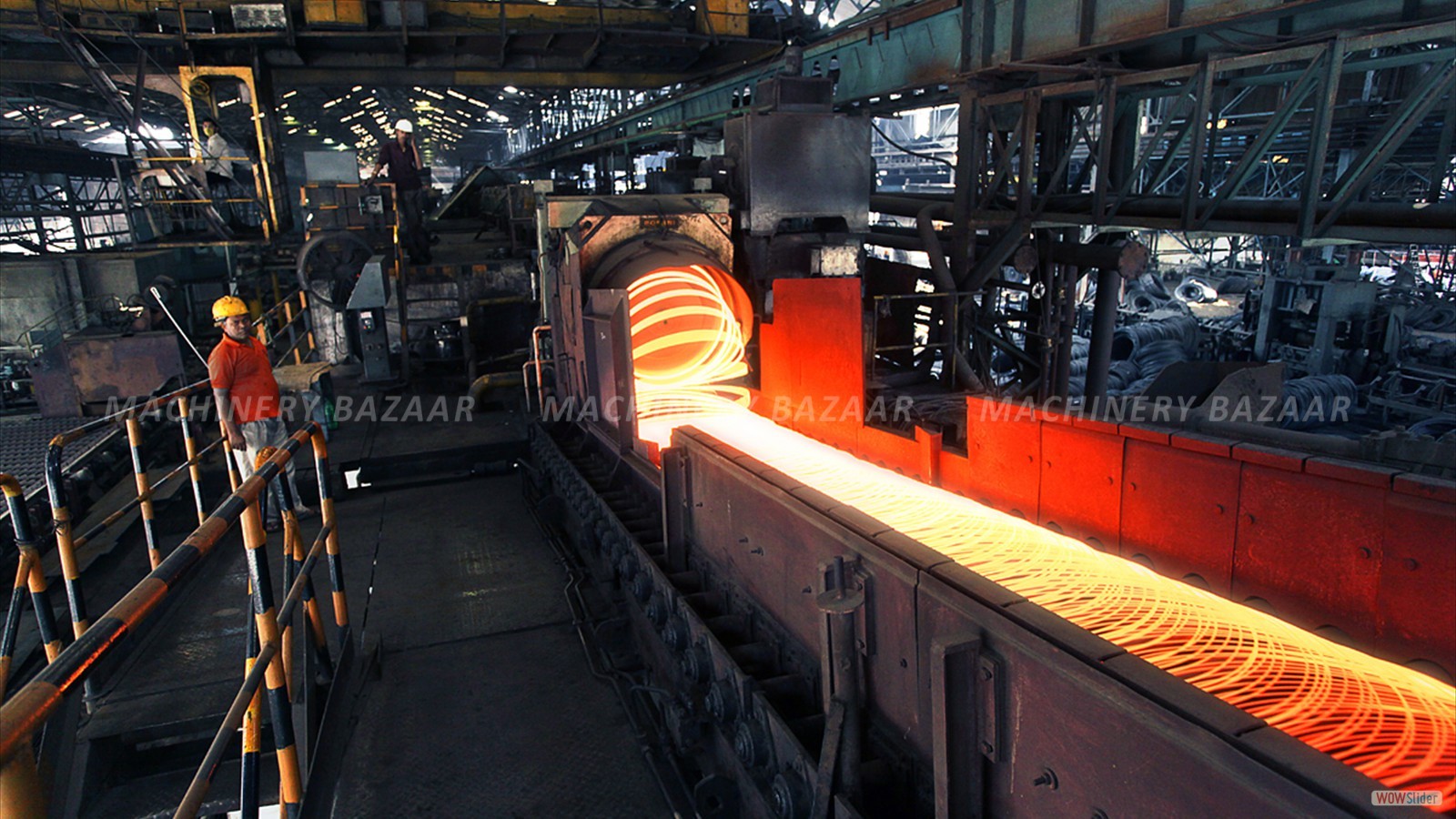
According to the World Steel Association, there are over 3,500 different grades of steel, encompassing unique physical, chemical, and environmental properties.
In essence, steel is composed of iron and carbon, although it is the amount of carbon, as well as the level of impurities and additional alloying elements that determine the properties of each steel grade.
The carbon content in steel can range from 0.1%-1.5%, but the most widely used grades of steel contain only 0.1%-0.25% carbon. Elements such as manganese, phosphorus, and sulfur are found in all grades of steel, but, whereas manganese provides beneficial effects, phosphorus and sulfur are deleterious to steel's strength and durability.
Different types of steel are produced according to the properties required for their application, and various grading systems are used to distinguish steels based on these properties.
Steel can be broadly categorized into four groups based on their chemical compositions:
- Carbon Steels
- Alloy Steels
- Stainless Steels
- Tool Steels
The table below shows the typical properties of steels at room temperature (25°C). The wide ranges of tensile strength, yield strength, and hardness are largely due to different heat treatment conditions.
:max_bytes(150000):strip_icc():format(webp)/export-jJHGn-5be075fbc9e77c00516c9b1d.png)
Carbon Steels
Carbon steels contain trace amounts of alloying elements and account for 90% of total steel production. Carbon steels can be further categorized into three groups depending on their carbon content:
- Low Carbon Steels/Mild Steels contain up to 0.3% carbon
- Medium Carbon Steels contain 0.3-0.6% carbon
- High Carbon Steels contain more than 0.6% carbon
Alloy Steels
Alloy steels contain alloying elements (e.g. manganese, silicon, nickel, titanium, copper, chromium, and aluminum) in varying proportions in order to manipulate the steel's properties, such as its hardenability, corrosion resistance, strength, formability, weldability or ductility. Applications for alloys steel include pipelines, auto parts, transformers, power generators and electric motors.
Stainless Steels
Stainless steels generally contain between 10-20% chromium as the main alloying element and are valued for high corrosion resistance. With over 11% chromium, steel is about 200 times more resistant to corrosion than mild steel. These steels can be divided into three groups based on their crystalline structure:
- Austenitic: Austenitic steels are non-magnetic and non-heat-treatable, and generally contain 18% chromium, 8% nickel and less than 0.8% carbon. Austenitic steels form the largest portion of the global stainless steel market and are often used in food processing equipment, kitchen utensils, and piping.
- Ferritic: Ferritic steels contain trace amounts of nickel, 12-17% chromium, less than 0.1% carbon, along with other alloying elements, such as molybdenum, aluminum or titanium. These magnetic steels cannot be hardened by heat treatment but can be strengthened by cold working.
- Martensitic: Martensitic steels contain 11-17% chromium, less than 0.4% nickel, and up to 1.2% carbon. These magnetic and heat-treatable steels are used in knives, cutting tools, as well as dental and surgical equipment.
Tool Steels
Tool steels contain tungsten, molybdenum, cobalt and vanadium in varying quantities to increase heat resistance and durability, making them ideal for cutting and drilling equipment.
Steel products can also be divided by their shapes and related applications:
- Long/Tubular Products include bars and rods, rails, wires, angles, pipes, and shapes and sections. These products are commonly used in the automotive and construction sectors.
- Flat Products include plates, sheets, coils, and strips. These materials are mainly used in automotive parts, appliances, packaging, shipbuilding, and construction.
- Other Products include valves, fittings, and flanges and are mainly used as piping materials.

0 Comment